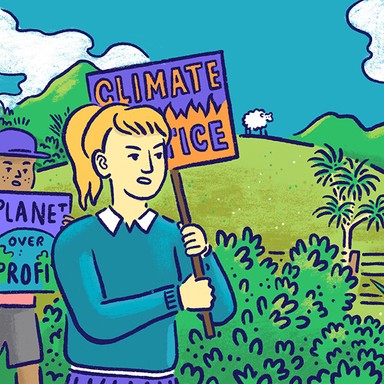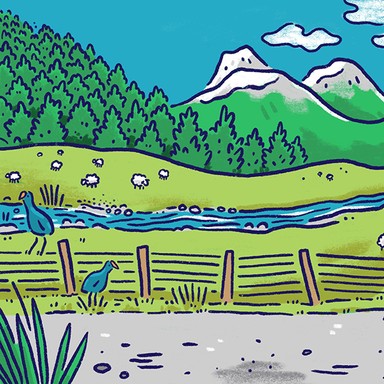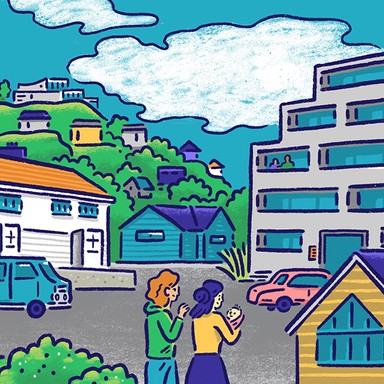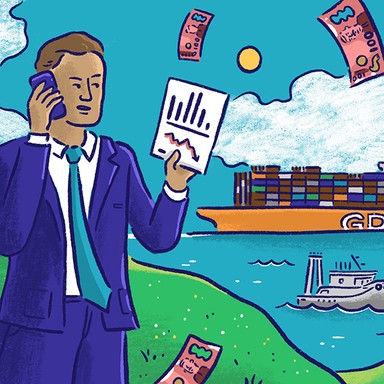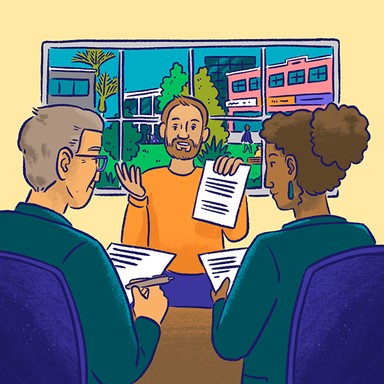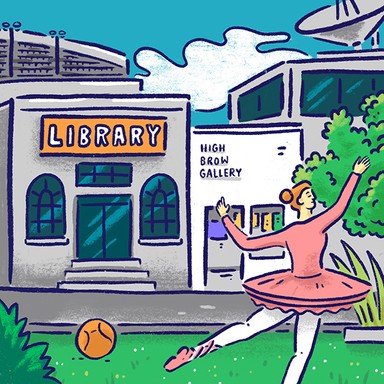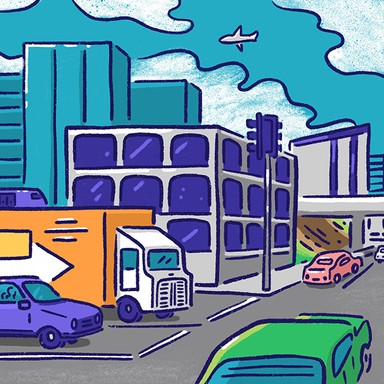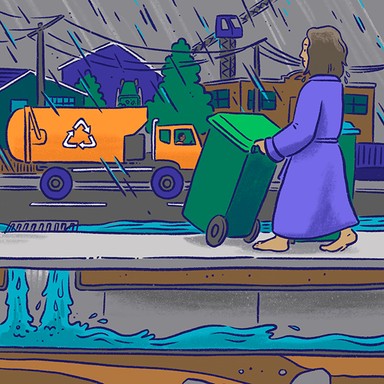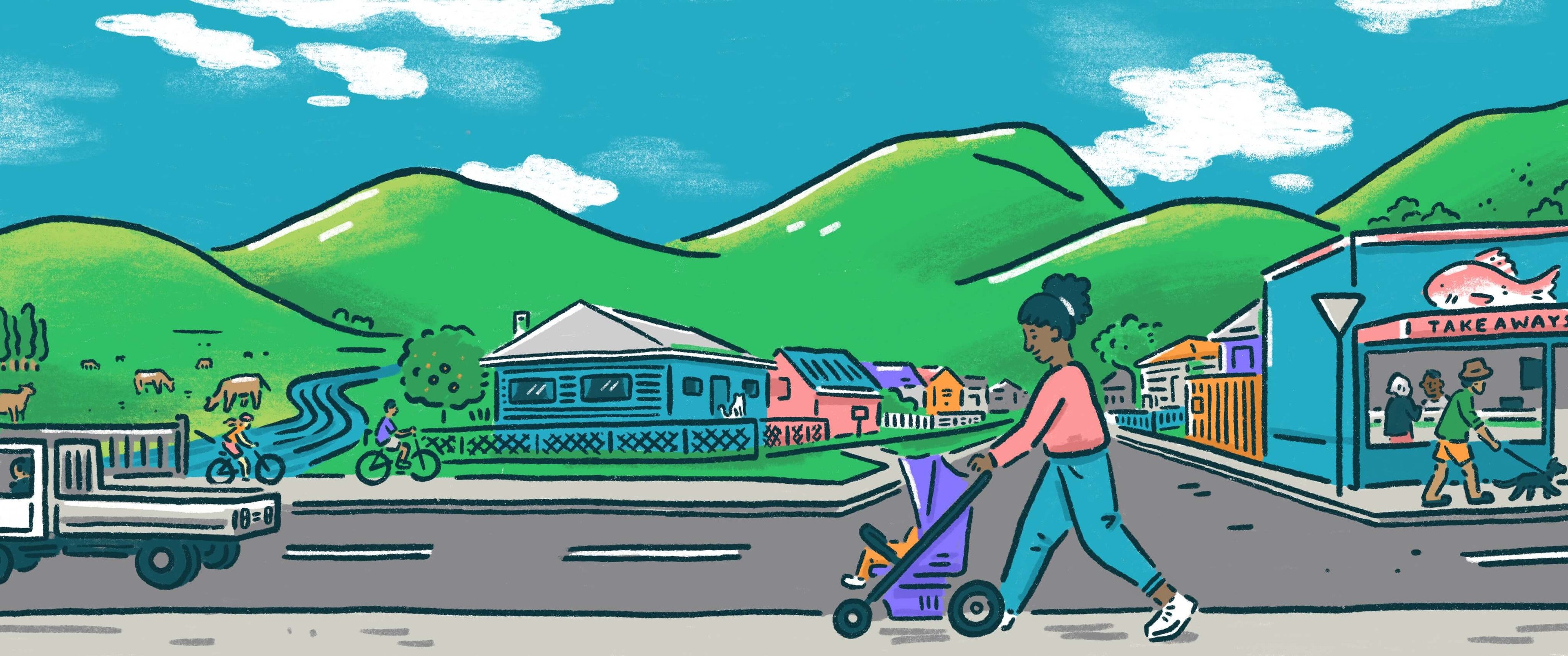
Hauraki District Council
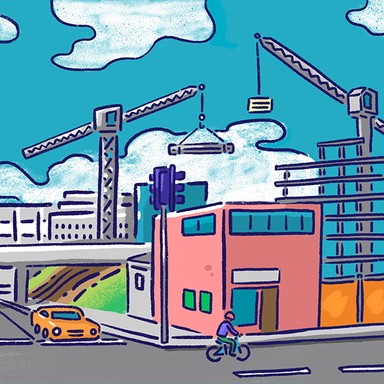
Rates and revenue
The work of local government is funded mainly by property taxes in the local area, known as rates. This makes up around 60% of council expenditure, with the rest coming from user charges, investment income, regulatory fees and roading subsidies. Councils can also borrow money to spread the cost of large investments such as infrastructure over a longer period of time.

Rates and revenue
The work of local government is funded mainly by property taxes in the local area, known as rates. This makes up around 60% of council expenditure, with the rest coming from user charges, investment income, regulatory fees and roading subsidies. Councils can also borrow money to spread the cost of large investments such as infrastructure over a longer period of time.
Ensure rates are fairly and logically set and distributed to the council's activities.
Be realistic about the capital projects that can be completed in any one year.
Limit annual rate increases to inflation for 2023/24 to reduce the impact on ratepayers.
Continue to balance rates with community incomes.
Keep rates down and spending wisely – being mindful of our high deprivation and unaffordability of rates with every decision we make.
Partner with local organisations to procure external sources of funding for as many projects as we can.
Borrow to fund long-life assets so we can share costs with future users now and ensure we can afford to do the job properly.
Ensure rates are fairly and logically set and distributed to the council's activities.
Be realistic about the capital projects that can be completed in any one year.
Limit annual rate increases to inflation for 2023/24 to reduce the impact on ratepayers.
Continue to balance rates with community incomes.
Keep rates down and spending wisely – being mindful of our high deprivation and unaffordability of rates with every decision we make.
Partner with local organisations to procure external sources of funding for as many projects as we can.
Borrow to fund long-life assets so we can share costs with future users now and ensure we can afford to do the job properly.
Mayor
Compare the mayoral candidates in your area
Local council
Compare the candidates for your city or district council
Regional council
Compare the candidates for your regional council
Local board
Compare the candidates for your local or community board
